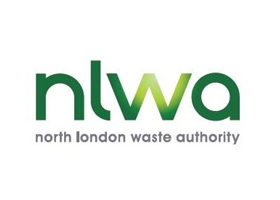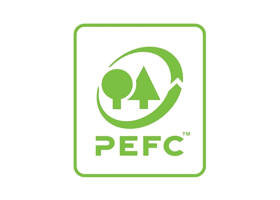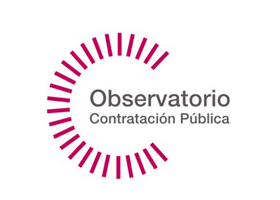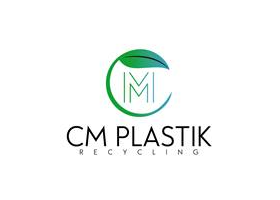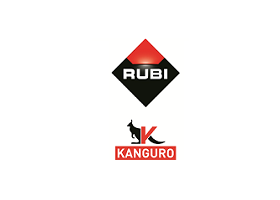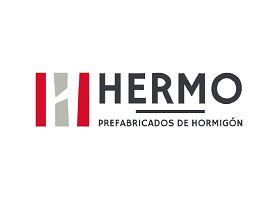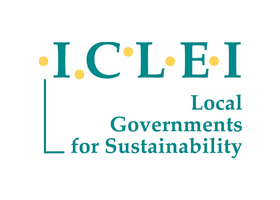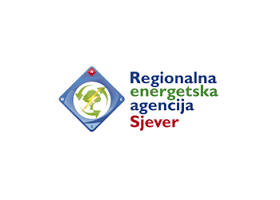In this section, you can access to the latest technical information related to the FUTURE project topic.
The construction industry has seen a lot of recent developments on the nanotechnology front. Many nanomaterials have made an impact on the construction industry, with the most recent material being graphene.
Graphene
Graphene (and graphene oxide) has made its way into many applications, but there has been a lot of buzz recently of how graphene can be used for different purposes within the construction industry. Graphene’s high tensile strength, optical transparency and excellent electrical conductivity are the reason why it is currently being widely implemented in different aspects of the construction industry.
Graphene has been widely implemented into composites. But it may surprise many to know that this is not the main area in which graphene has been used in construction applications. Whilst graphene has a much higher tensile strength than steel, it cannot be used in thick layers and metal matrix composites are hard to create, especially when graphene is not the easiest material to disperse. Graphene is still used on steel, but as an anti-corrosion coating to protect steel from water and the surrounding elements.
Graphene is also used as an additive in cement to introduce self-cleaning and high strength properties. Other benefits of graphene enhanced cement include a greater flexural strength and a more environmentally-friendly cement.
Graphene materials have also been used in low wattage LED lighting, as anti-corrosion protective paints, as spray on solar panels and in transparent and interactive (touchscreen) displays for use within buildings.
Other Nanomaterials
Whilst graphene has been gathering a lot of attention, many other nanomaterials have preceded it in the construction industry. As a general class of materials, most nanomaterials can either introduce a higher strength, antimicrobial properties or self-cleaning properties to many materials used in the construction industry.
Nano-titania, nano silica, nano-ZnO, and nano-silver have been used in specially designed eco-paints. Some of these paints have been used to provide anti-corrosion properties, whilst others contain specially designed pores that can absorb greenhouse gases and convert them into oxygen. These have been particularly useful in urban areas to improve the surrounding air quality.
When they can be efficiently dispersed and aligned, carbon nanotubes can be used in structural applications such as composites or steel cables that can stabilise bridges. Cement can also be enhanced with nanomaterials such as nano silica, nano clays, carbon nanotubes, nano-alumina and nano-titania, all of which introduce different properties to cement – this can range from improving the plastic characteristics of the cement, to introducing photo catalytic properties into the cement. Additionally, carbon nano fibres can be used to reinforce concrete roads in snowy regions and nano calcite is used to protect sealants.
So, Who is Involved?
The National Graphene Institute in Manchester do a tremendous amount of work with all things graphene, and this includes applications centred around the construction industry. A number of companies have created a high-strength graphene cement that is suitable for building sustainable housing and infrastructure. Additionally, there are already production plants around the world that produces graphene-enhanced paints.
For more information, contact The World Nano Foundation.
Written by Liam Critchley.

» Author: Liam Critchley
» Publication Date: 06/06/2018
» More Information
« Go to Technological Watch







